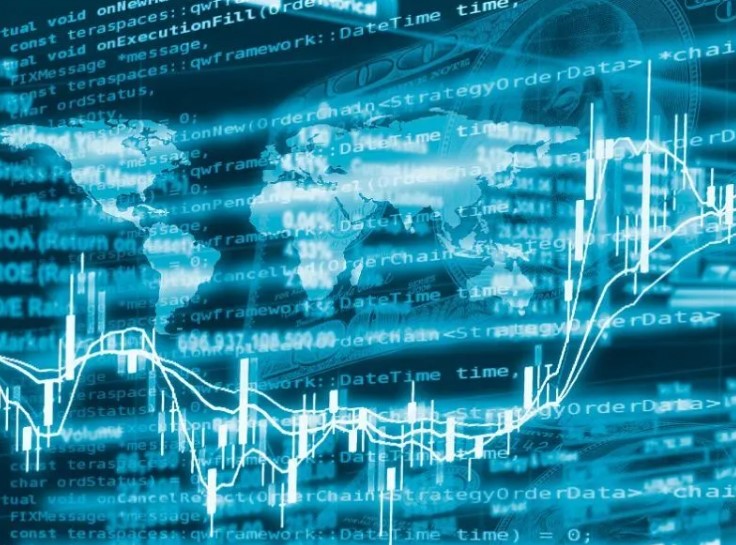Algorithmic trading, also known as ‘algo trading’ or ‘black-box trading’, involves the use of computer programs and software to place a large number of orders at high speed through quantitative models. Algorithmic trading models analyze streaming market data and then automatically issue orders according to pre-defined rules, generally without human intervention. Common types of algorithmic trading strategies include arbitrage, market making, trend following and pairs trading.These programs utilize advanced mathematical formulas and algorithms to analyze data related to securities markets, making trading decisions and initiating orders to buy, sell or hold positions almost instantly and simultaneously across multiple markets and instruments.
The global algorithmic trading market is driven by increasing focus of institutional investors and brokers on algorithmic trading to gain competitive advantage through high-volume trades. Algorithmic trading provides substantial cost benefits compared to conventional trading as algorithms can analyze huge amounts of data and initiate trades in fractions of a second without human emotions. It is one of the dominant methods of executing trades on electronic trading platforms. The rising demand from retail investors to leverage algorithmic trading through robo-advisory services and the emergence of application programming interface technologies are also augmenting market growth.
The global Algorithmic Trading Market is estimated to be valued at US$ 2.18 Bn in 2023 and is expected to exhibit a CAGR of 7.0% over the forecast period 2023 to 2030, as highlighted in a new report published by Coherent Market Insights.
Market key trends:
The growing adoption of artificial intelligence and machine learning technologies by financial institutions is a key trend influencing algorithmic trading adoption. AI-powered algorithms can autonomously analyze vast troves of data, detect patterns and adjust investment strategies in real-time based on evolving market conditions. This is helping algorithmic models to evolve into more advanced bots capable of optimizing trades with minimal human intervention. Another major trend is the increasing deployment of algorithmic trading strategies by retail and individual investors through robo-advisory services. This has democratized alg trading access. Also, growing integration of APIs by trading platforms is opening new opportunities for developers to build customized alg trading tools and systems. This is fueling innovation and individualization of alg trading methods.
Porter’s Analysis
Threat of new entrants: The algorithmic trading market has high barriers to entry due to significant capital requirements to build AI and machine-learning models along with advanced technical skills required. However, new startups are entering this market with innovative techniques for reducing costs.
Bargaining power of buyers: Buyers have moderate bargaining power as there exist many vendors offering algorithmic trading solutions. However, switching costs are relatively high when transitioning from one vendor platform to another.
Bargaining power of suppliers: Algorithmic trading companies rely on technology developers and data providers as key suppliers. These suppliers have moderate bargaining power due to lower switching costs for companies.
Threat of new substitutes: Traditional methods of trading are being replaced by algorithmic and automated trading. However, algorithmic trading itself has limited substitutes presently.
Competitive rivalry: The algorithmic trading market has high competitive rivalry amongst the major international players. Companies are investing heavily in R&D to develop innovative solutions and gain market share.
Key Takeaways
The Global Algorithmic Trading Market Size is expected to witness high growth. Regional analysis: North America dominates currently due to strong presence of financial institutions and technology companies in the US. However, Asia-Pacific is emerging as the fastest growing regional market with countries like India and China adopting electronic trading at a rapid pace.
Key players: Key players operating in the algorithmic trading market are Himalaya Herbal Healthcare, Gaia Herbs, Nature’s Bounty, NOW Foods, NutriGold, Garden of Life, MegaFood, New Chapter, Sambucol, BioSchwartz, Solgar, Source Naturals, Nature’s Way, Jarrow Formulas, Pure Encapsulations. Algorithmic trading strategies are becoming sophisticated with latest techniques involving machine learning, natural language processing, predictive analytics etc. Players are focused on bringing innovative solutions to clients through partnerships with FinTech startups.



